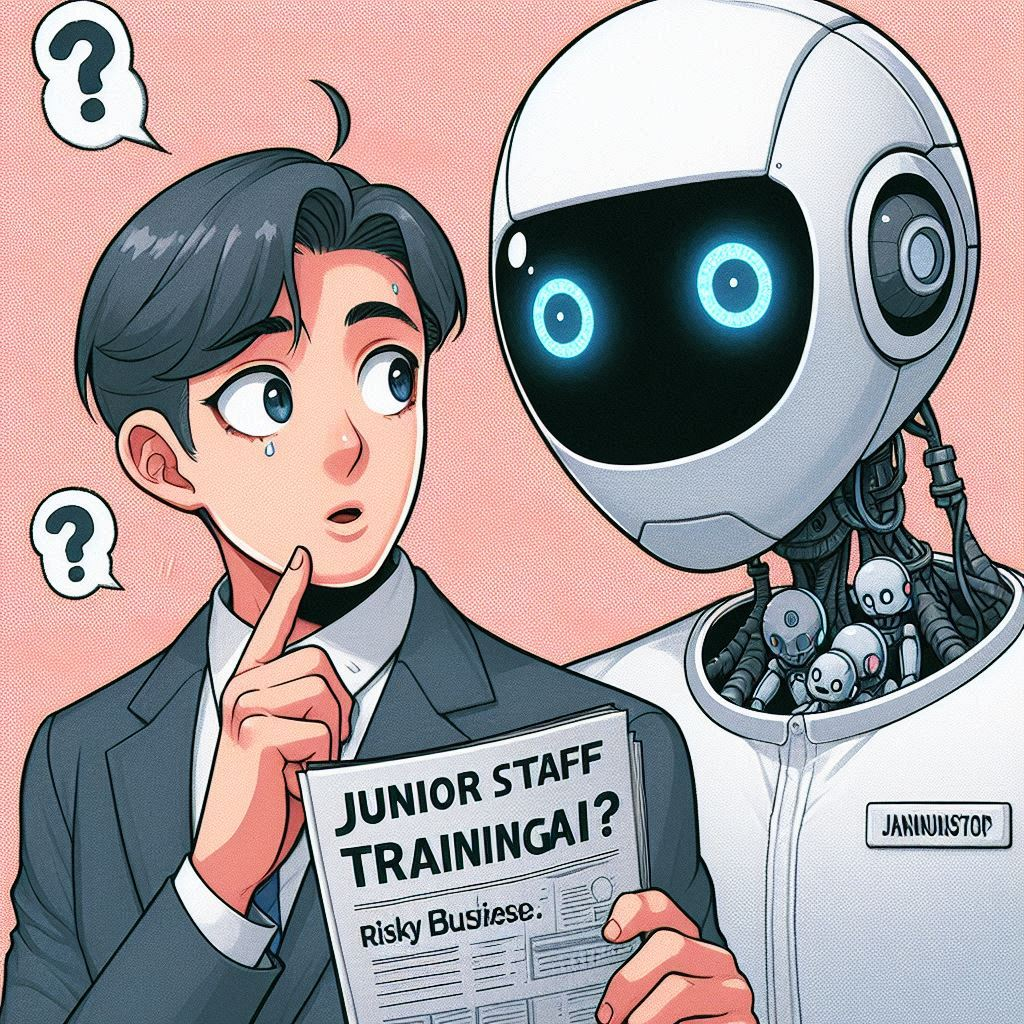
Introduction
Veronica Moore, a seasoned leader at Verizon with over two decades of experience in technology innovation, is passionate about harnessing the power of AI for positive change. In this article, Ms. Moore dives into the complexities of responsible AI development within the dynamic landscape of an unregulated market. She offers valuable insights and practical strategies for businesses and investors navigating this critical frontier.
The AI Frontier: A Landscape of Opportunity and Challenge
Artificial intelligence (AI) is rapidly transforming industries, from streamlining operations to personalizing customer experiences. However, alongside its immense potential lies a responsibility to ensure AI is developed and implemented ethically.
Why Responsible AI Development Matters
Biases in algorithms can lead to discriminatory outcomes. Unforeseen consequences can arise from unintended functionality. Responsible AI development prioritizes fairness, transparency, and accountability to mitigate these risks and build trust with users.
The Unregulated Market: A Double-Edged Sword
The absence of a regulatory framework for AI presents a challenge. On the one hand, it fosters innovation and rapid development. On the other hand, the lack of clear guidelines can lead to ethical concerns and potential harm.
Building a Framework for Ethical AI
While formal regulations are evolving, businesses can proactively establish internal frameworks for responsible AI development. These frameworks should incorporate principles like:
- Fairness: Eliminating bias in algorithms and ensuring AI does not discriminate.
- Transparency: Providing users with clear explanations of how AI systems work.
- Accountability: Establishing ownership and responsibility for the development and deployment of AI.
- Privacy: Protecting user data privacy and security throughout the AI lifecycle.
- Security: Building robust safeguards against potential security vulnerabilities in AI systems.

Strategies for Responsible AI Implementation
Here are some key strategies to consider when implementing responsible AI:
- Diversity in Development Teams: Including individuals from diverse backgrounds in the design and development process helps mitigate bias.
- Data Quality and Fairness: Ensuring data used to train AI models is accurate, representative, and free from bias.
- Human oversight: Maintaining human oversight over AI decision-making processes, especially in high-stakes situations.
- Explainable AI: Developing AI systems that can explain their reasoning and decision-making processes.
- Continuous Monitoring and Improvement: Continuously monitoring AI systems for bias and unintended consequences, and iteratively improving them.
The Road Ahead: Collaboration and Continuous Improvement
The responsible development and implementation of AI require ongoing collaboration between businesses, policymakers, and civil society. Continuous learning, improvement, and adaptation will be essential as AI technology continues to evolve.
Informative Table: Key Considerations for Responsible AI Development
| Aspect | Description |
|---|---|
| Fairness | Eliminating bias in algorithms and ensuring AI does not discriminate. |
| Transparency | Providing users with clear explanations of how AI systems work. |
| Accountability | Establishing ownership and responsibility for the development and deployment of AI. |
| Privacy | Protecting user data privacy and security throughout the AI lifecycle. |
| Security | Building robust safeguards against potential security vulnerabilities in AI systems. |
Conclusion
While the unregulated market presents challenges, it also offers an opportunity for businesses to take a leadership role in shaping the future of responsible AI. By prioritizing ethical considerations and implementing robust frameworks, businesses can ensure AI serves as a powerful tool for progress, benefiting both society and the bottom line.



























